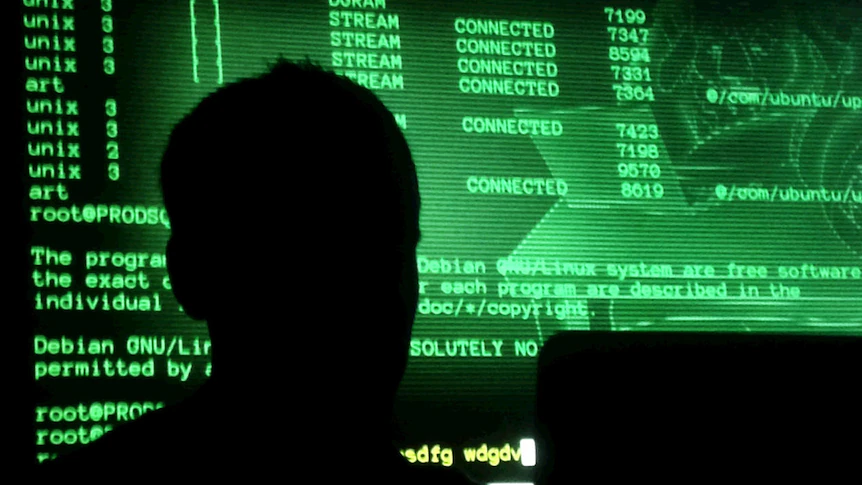Copyright Newsweek

AI is in for a market bust. The math supporting this conclusion is brutally simple. Big Tech is spending upwards of $400 billion in 2025 on AI infrastructure, a number that is expected to grow to $2 trillion a year by 2030. This is despite the fact that projections show these companies are not expected to close the gap between revenue and expenditures any time soon. Wall Street loves to tell itself that this gap will narrow gradually through steady adoption of the transformative technology. This narrative holds that enterprises will slowly integrate AI, productivity will incrementally improve and within a few years the business case will become clear. The problem is that early adoption of AI is proving to be unprofitable, meaning it could easily take several years or more before AI proves to be a worthwhile investment in corporate America. Meanwhile, the capital intensity of AI makes patience a luxury that investors can’t afford. When you're deploying hundreds of billions in infrastructure annually, you can't simply wait years for organic adoption. Its operating costs alone demand rapid monetization. The case for this being a stock market bubble grows when you realize that Microsoft, Amazon, Google and Meta aren't spending money they've tucked away in savings accounts. Much of this investment depends on circular financing, a hallmark of the dot-com bubble that dramatically increase the chance of cascading financial failure should any point in the chain show weakness. While often compared to it, a key difference in this market from that of the telecom boom in the early 2000s is the size and speed of the spending. The dot-com bubble saw telecom companies spend $121 billion annually at its 2000 peak. Today's AI spending levels dwarfs that—and it's compressed into a shorter timeframe. Also, unlike laying fiber optic cable, AI infrastructure depreciates rapidly. GPUs become obsolete as new models demand more compute. Data centers require constant upgrades. Energy prices keep ratcheting up. The countdown clock to AI companies needing a new major capital infusion isn't just ticking away—it's accelerating. The competitive dynamics at play among the major AI companies only make things worse. No major player can afford to slow spending down, or it risks obsolescence should a rival achieve a breakthrough. Each is therefore locked in an arms race, where slowing down means risking everything. For this not to be a stock market bubble, the spending and revenue gap for AI companies must close, soon. But how? The only realistic scenario where this can happen is if OpenAI, Anthropic and Google get AI to replace substantial portions of white-collar work. That means they would need AI to eliminate tens of millions of knowledge worker jobs in order to capture that economic value for themselves. The analysts cheering for AI's success are effectively rooting for mass unemployment in most middle-class professions. The fabled middle path—where AI adoption will be gradual, and workers will transition smoothly while investors earn reasonable returns—is an accounting fiction. The numbers just don't permit it. When you spend $400 billion a year, you're not making a bet on steady progress. You're gambling on rapid historic transformation. The bubble scenario is much more straightforward. If the technology doesn't deliver fast enough, revenue growth will stall, and investors will rapidly realize the math doesn't work. The bubble will then burst, and investors will take a hit. Meta’s recent mass layoffs on its AI team are a potential canary in the coal mine, signaling that AI companies might be realizing the boom is coming to an end. History offers a grim preview of what’s to come. The telecom bust of 2000-2002 wiped out hundreds of billions in market value as companies imploded under their capital spending. AI's bust will be far larger. More capital has been deployed, more companies are involved, more of the market capitalized on the story. The contagion wouldn't stop at tech stocks. AI infrastructure spending is now such a large component of GDP growth that its collapse would ripple through the broader economy, plunging us into a recession. The AI boom was never sustainable at this scale. The only question is how many more quarters until the rest of Wall Street admits it? Nicholas Creel is an associate professor of business law at Georgia College & State University. The views expressed in this article are the writer's own.



